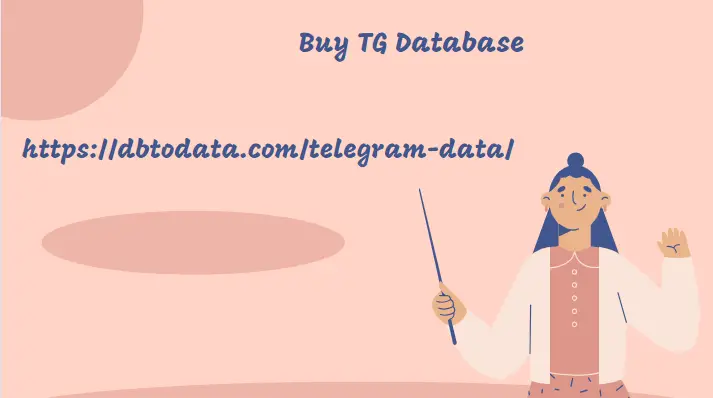Post by account_disabled on Feb 19, 2024 0:05:56 GMT -5
So, how can we approach this actionably? It actually all boils down to a fairly simple process: What Every Conversion Rate Optimization Strategy is Missing steps Case Study: 1 As an example of how this works, let’s take a look at one of the case studies from the paper: an SAAS software company. The problem was on a form page that was keeping users from signing up for a free trial. They recognized these problems as happening during the information search and evaluation phases of the buying cycle. They responded by testing associated page elements, and discovered that usability and persuasion issues played a big part, and .
To reduce confusion, they moved the form page to the home page. The Buy TG Database page was then rewritten to improve persuasion and to clarify the value. To reduce anxieties, they got rid of several form fields. These changes boosted the conversion rate from 4.89% to 9.55%, nearly doubling results. Case Study 2 In the second case study, a B2B business was struggling with attracting phone consultations: The problem seemed to be ubiquitous on the site. The stage of the buying cycle didn’t seem to matter. After conducting interviews with customers, they recognized that they were dealing with a value problem.

They recognized that the main issue with value was relevance. The copy was attempting to sell a product when the goal was to elicit a phone call. They adjusted the copy to fit the CTA on a new microsite. The new site nearly tripled conversions. Case Study 3 The final case study involved a skin care company: Reorders were high, so the issue was occurring early on in the buying cycle. The problems seemed to center around the evaluation phase. They identified problems with confidence, since the products they were selling were usually only available at doctors’ offices.
To reduce confusion, they moved the form page to the home page. The Buy TG Database page was then rewritten to improve persuasion and to clarify the value. To reduce anxieties, they got rid of several form fields. These changes boosted the conversion rate from 4.89% to 9.55%, nearly doubling results. Case Study 2 In the second case study, a B2B business was struggling with attracting phone consultations: The problem seemed to be ubiquitous on the site. The stage of the buying cycle didn’t seem to matter. After conducting interviews with customers, they recognized that they were dealing with a value problem.

They recognized that the main issue with value was relevance. The copy was attempting to sell a product when the goal was to elicit a phone call. They adjusted the copy to fit the CTA on a new microsite. The new site nearly tripled conversions. Case Study 3 The final case study involved a skin care company: Reorders were high, so the issue was occurring early on in the buying cycle. The problems seemed to center around the evaluation phase. They identified problems with confidence, since the products they were selling were usually only available at doctors’ offices.
